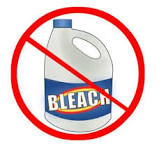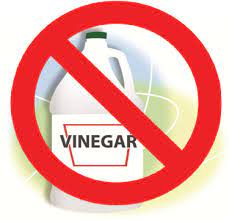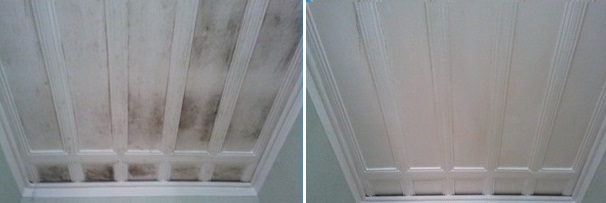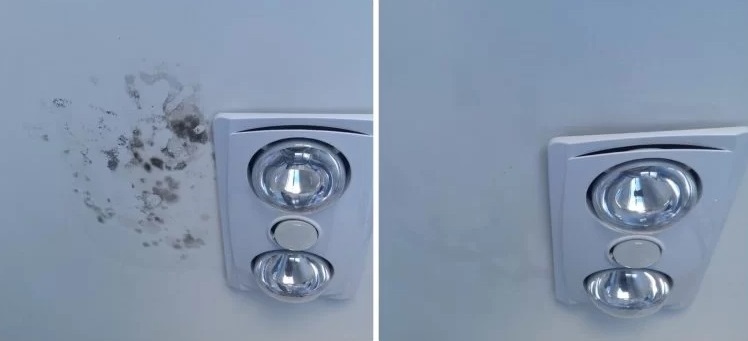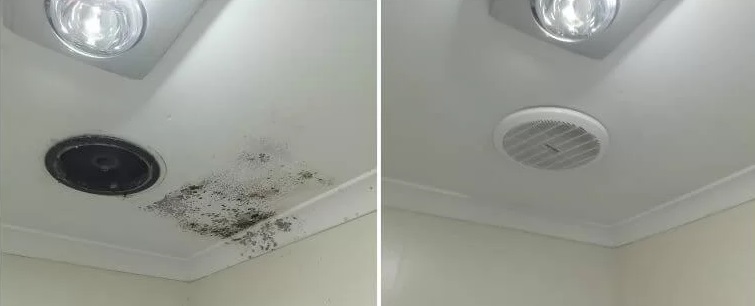Mould Removal Services
Mould and Mildew are living organisms known as fungi, which are present at low levels virtually everywhere, indoors and outdoors. Mould has a musty odour and presents as green, grey, brown or black spots and clusters. The most common types of indoor mould are Alternaria, Aspergillus, Cladosporium and Penicillium.

Mould is a type of fungus whose job it is to decompose of dead organic material. They can sometimes infect living plants and animals. The mould spores and fibre like structure of individual colonies are too small to see without a microscope. When enough grows together on a surface it will appear in different colours. The colour of mould is influenced by nutrient source and the age of the colony.
What causes mould?
Mould is a common problem experienced by many homeowners. Some of the common causes of mould can be poor ventilation, high humidity, excessive condensation, water leakage and more. Mould can occur when there is excessive moisture in the property.
The various factors mentioned above could result in this increase in the moisture content. If left unchecked, this become an ideal breading environment for the mould to grow. It could be identified by its dark fungus appearance, but other common signs of mould can include a damp musty odour and signs of condensation.
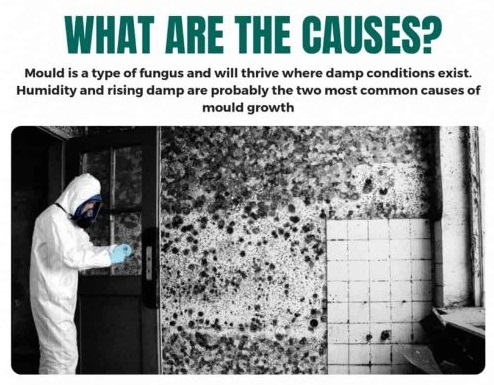
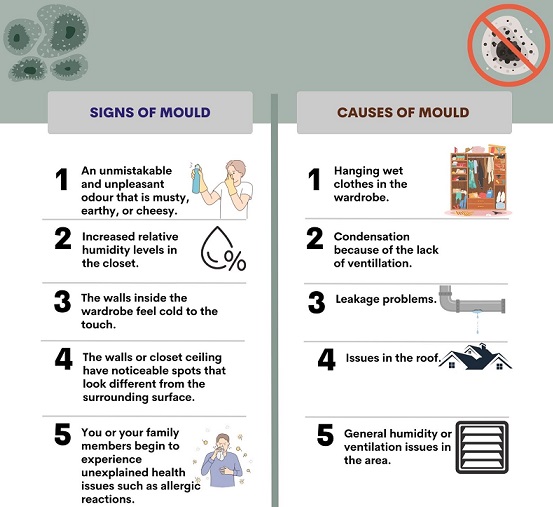
Health Hazards of Mould
Not only does it look filthy, mould can also affect our health very badly. In order to reproduce, mould produces tiny particles called spores. Spores are carried in the air and may cause health problems if inhaled by people who are sensitive or allergic to them.
Health effects of mould exposure include a runny or blocked nose, irritation of the eyes and skin, and sometimes wheezing. For people with asthma, inhaling mould spores may cause an asthma attack.
Very rarely, people may develop a severe mould infection, usually in the lungs. One such infection is the rare immune disorder known as hypersensitivity pneumonitis, in which the lungs become inflamed from breathing in large amounts of specific substances (allergens) frequently over a period of time. Symptoms of hypersensitivity pneumonitis are similar to the flu (fever, cough, chills, shortness of breath) and may become more severe the longer the exposure continues.
How to remove mould?
A lot of people use DIY methods to get rid of the mould stains. Use of vinegar, bleach or other cleaning agents is the most common mistake that a lot of people make. These substances may sometimes get rid of the stains, but these are not sufficient to remove mould and mould spores. That’s why, it grows back. To prevent mould from re-growing, a professional solution is required that combines an effective disinfection and sterilization of the infected areas or the premises.
We are here to help
Thanks for thinking of us for your mould remediation requirements! As an Australian owned and operated company, we’re dedicated to delivering personalised and dependable mould removal services to our valued customers. We are one of the top mould removal companies that are available whenever you need professional mould removals in Melbourne and its suburbs. We understand that our community want the best for their home and places, which is why we’re committed to offering exceptional services tailored to your specific needs. Our priority is delivering results that not only enhance your space but also offer long-lasting value and satisfaction. We treat your home like our own and work to breathe new life and fresh air into your houses. With years of expertise, we’re committed to delivering high-quality craftsmanship on every job, no matter the size. Our attention to detail and dedication to customer satisfaction set us apart. We take pride in our team who are committed to providing exceptional mould removal services and support to our valued clients. Our team members are passionate about what they do and are always striving to provide the best possible service. With their expertise and dedication, we are able to deliver the highest quality mould removal services to our customers.



